Coconut, a staple in Indian culture and cuisine, is more than just a fruit. It’s a versatile ingredient with numerous uses, from culinary delights to traditional rituals. Let’s delve deeper into the world of coconuts in India.
Coconut in Indian Cuisine
The coconut’s white flesh, known as kopra, is a versatile ingredient in Indian cooking. It’s used to make a variety of dishes, including:
Poriyal: A dry vegetable dish that frequently uses coconut for a nutty flavor.
Curries: Coconut milk is often used as a base for curries, adding a rich and creamy flavor.
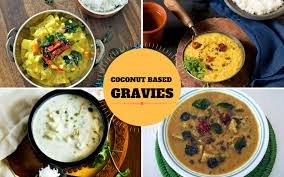
Chutneys: Coconut-based chutneys, like coconut chutney, are popular accompaniments to South Indian meals.
Sweets: Coconut is used in many traditional Indian sweets, such as coconut ladoo, barfi, and payasam.
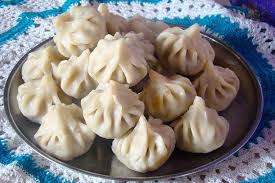
Sambar and Rasam: These South Indian delicacies often incorporate coconut for a flavorful and aromatic taste
Beyond its culinary uses, coconut oil, extracted from the copra, is widely used in India for cooking, hair care, and skincare. It is believed to have numerous health benefits, including promoting hair growth, improving skin health, and boosting immunity.
Coconut in Indian Culture
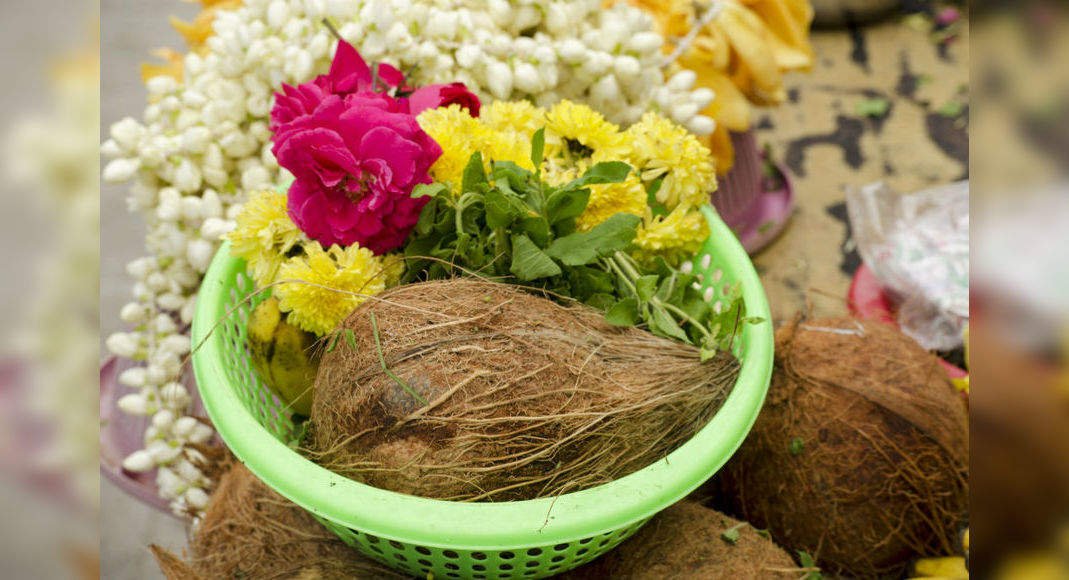
Coconuts hold significant cultural and religious importance in India. In Hindu rituals, coconuts are often used as offerings to deities. The three outer layers of the coconut—the husk, the shell, and the white flesh—are said to symbolize the body, mind, and soul, respectively.
Coconuts are also associated with fertility and prosperity. In some regions of India, it is customary to break a coconut outside a new home or business as a symbol of good luck. The coconut tree itself is often seen as a symbol of longevity and abundance.

As per Hindu culture, coconut is considered very auspicious and honored as Sriphala. It is also used in festivals like Narali Poornima (In Maharashtra), when it is offered to the sea, by fishermen. It is not just broken in front of Gods or Goddesses, it is also broken during groundbreaking ceremonies of houses or bridges and first-time use of vehicles on the road, even before beginning a long journey. It is believed that breaking of coconut will take away all the obstacles everything will be safe and go well, as planned. It is used during functions and also to welcome special guests. It is part of many or most religious rites of Hindu culture, where is kept on a Kalash (copper vessel) surrounded by mango leaves. In India, it is considered a “Tree of Life”, as every part of the tree, be it trunk, branches or fruits, can support the sustainability of human beings.

The structure of coconut is unique, with a brown hard shell outside and tender white portion & sweet water inside. Nature’s creativity at its best! It could be easily the fruit with the hardest outer shell, making it impossible to break with normal force. It is required to be hit against hard surface to break. There are contradictory views about origin are presence in India. Some believe there are few references to coconut in Ancient Indian scriptures. However, some researchers believe that the fruit has its origins in East Asia and in first century, it was brought to India.
There are two views related to the logic behind the breaking of the coconut, in front of God in the temple. As per the first, the hard shell of represents personal ego, anger, and other negative elements of character, which are blockers in spiritual enlightenment. It is offered to Gods, as a symbol of humility, where one surrenders himself/ herself, and it is a token of breaking the negative characters to get closer to God’s aura.
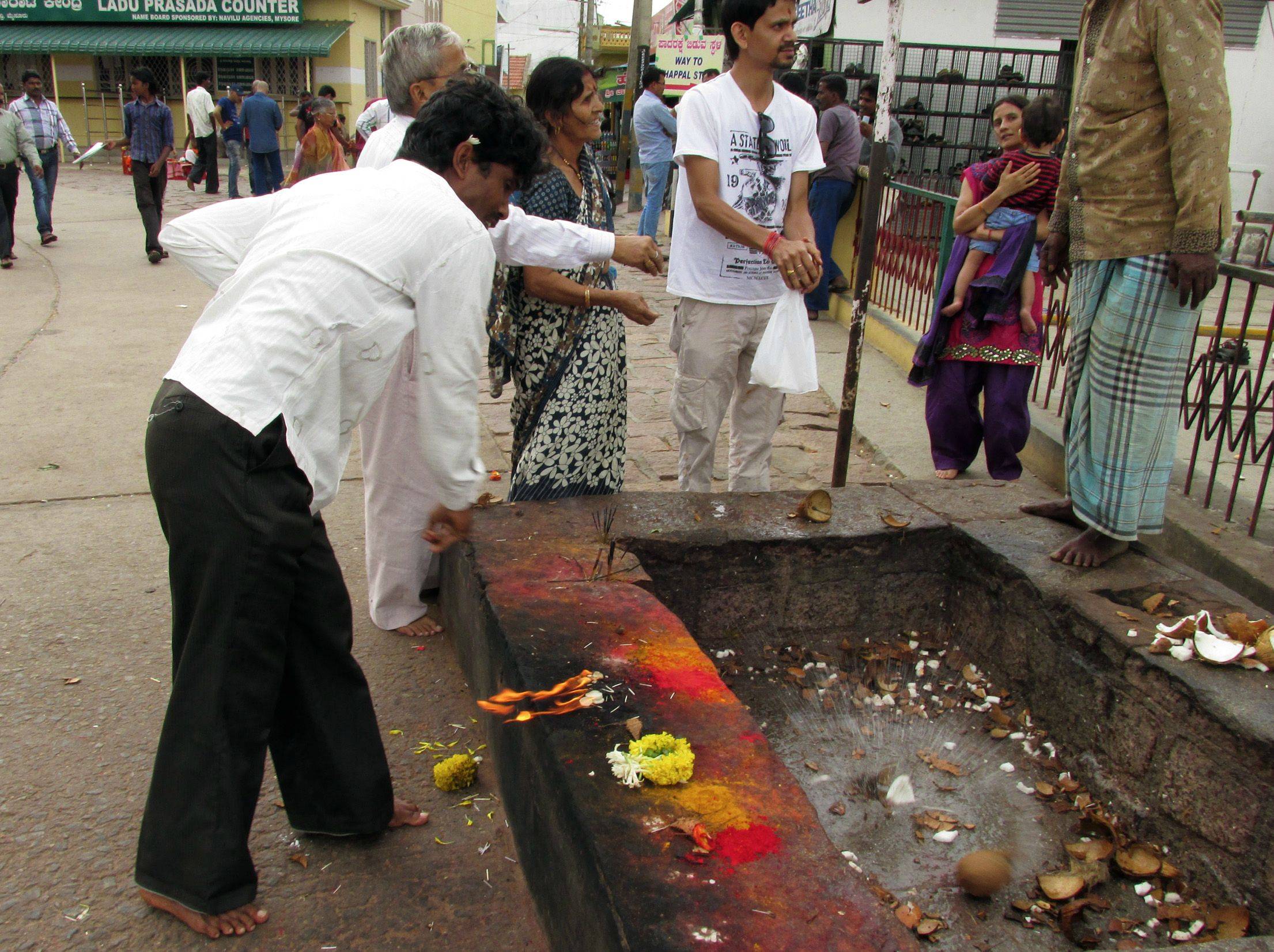
As per second, there is a sense of SACRIFICE behind offering and then smashing to break coconut, in front of God or Goddess. In ancient times, people used to offer live animals or even human beings, as sacrifices to Goddesses, mostly Shaktas – the representation of Shakti (Power). With the non-violence teaching of Jainism and Buddhism, people started reviewing these rituals. With the appearance of Adi Shankaracharya on the stage, these rituals were invigorated with more practical ones. They found a perfect resemblance of the head in the coconut. Where, coir of the coconut and shell resembled that of the head and bones and water inside the coconut as blood. Over the centuries, societies adopted a non-violent ritual of smashing of coconuts to break, instead of live animal sacrifices, which we follow to date.
Coconut Availability in India
India is one of the world’s largest producers of coconuts. The coastal regions of Kerala, Tamil Nadu, and Karnataka are particularly known for their coconut plantations. The Konkan region of Maharashtra also has significant coconut cultivation.
Coconut Plantation
Coconut trees are typically grown in coastal areas with sandy soil and ample rainfall. They are relatively low-maintenance and can bear fruit for decades. Coconuts are harvested by skilled climbers who climb the tall coconut trees.
Conclusion
The coconut is a truly versatile and valuable resource in India. From its culinary uses to its cultural significance, it has played a vital role in Indian society for centuries. As we celebrate World Coconut Day, let’s appreciate the many benefits of this remarkable fruit.
We will bring more such intriguing stories related to our great Hindu culture !



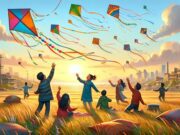




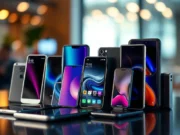
















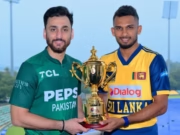












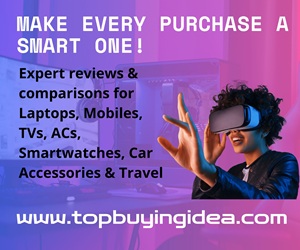




World Coconut Day – 2nd September | Outfluent
dowkeeyrbv http://www.g37o54x6j307mibg3xzu02967y1xkx9as.org/
[url=http://www.g37o54x6j307mibg3xzu02967y1xkx9as.org/]udowkeeyrbv[/url]
adowkeeyrbv